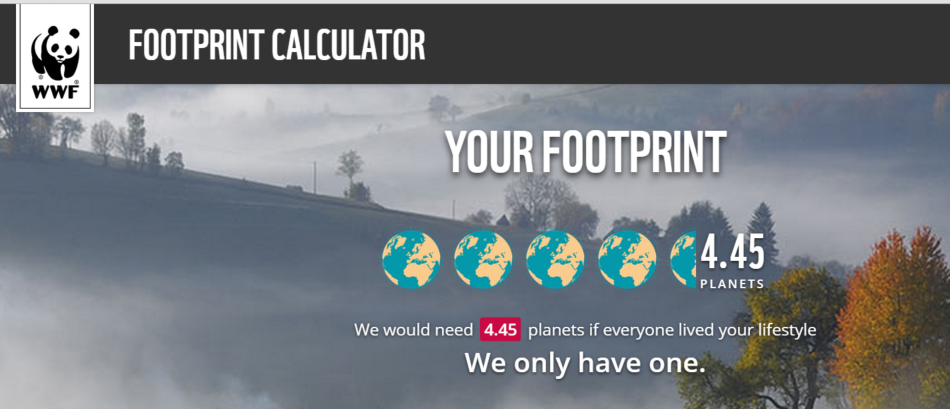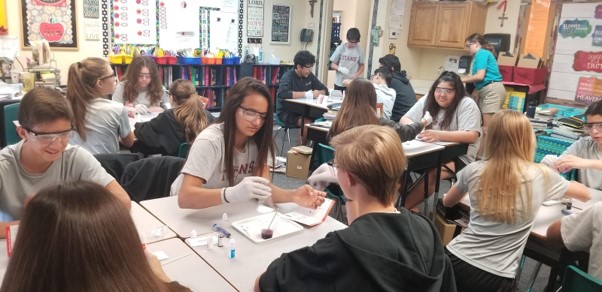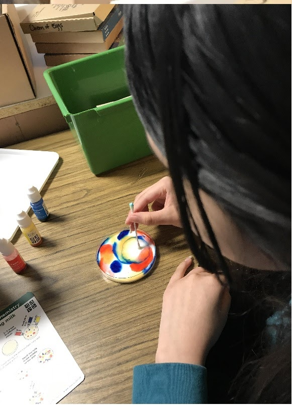How many people can live on Earth?
How many people can live on Earth? Everyday we spend some amount of natural resources. All humanity spends resources faster than nature can restore them. How many people should live on Earth for it resources should never end?

Our civilization is developing fast. We look forward to get new technologies and wait for our life to become better and more convenient. However, we seldom think what impact does our life have on the planet’s resources. What is the speed of spending resources for all humanity? How many people can sustain life on Earth for infinite period of time? Ecologists developed special measure called “Ecological Footprint” to measure our impact on the planet ecology. This measure evaluates all your living expenses connected with ecology – from food and transport to bathing habits. You can pass a test on website http://footprint.wwf.org.uk/ After you will get results of your spending habits. Sometimes results can be astounding

What is the impact for all humanity? How many years do we have in advance? How many people should have lived on Earth to make our humanity sustainable forever?
For 2007, humanity’s total ecological footprint was estimated at 1.5 planet Earths; that is, humanity uses ecological services 1.5 times as quickly as Earth can renew them. Why should we care about the resources now? The World Health Organization (WHO) says 3 million people are killed worldwide by outdoor air pollution annually from vehicles and industrial emissions – so we are all in danger.
And if we would like to support our current lifestyle, we should have diminish amount of population down to 500 millions – 14 times less than now. What will the humanity choose? Colonization of other planets or shortening our demands?
See how this impact is calculated here:
See also

CASE STUDY - 8th Grade students at St Timothy's Catholic School use MEL Chemistry to enhance their science lessons
Saint Timothy Catholic School in Mesa is committed to promoting academic excellence in each child it looks after. They encourage self-discipline, self-respect, and respect for others. They understand the importance of engaging students in a comprehensive and relevant curriculum. As a result, the middle school science teacher from St. Timothy Catholic School is using MEL Chemistry subscriptions to enhance and expand their range of learning activities.

CASE STUDY - MEL Chemistry allowing pupils to reach their full potential
The Empower Learning Center is the Alternative Learning Program (ALP) within the Hinckley-Finlayson School District. They offer non-traditional education options for students ages 16-21 in their daytime program, night school for traditional high school students who need to make up credits, and night school for adults 18 and older who would like to complete their diploma or equivalency.
The school was seeking engaging, hands-on chemistry kits to make their science classes more interactive, and to help their students understand key science concepts and achieve their full potential in chemistry.

CASE STUDY - MEL Chemistry at Lund International School, Sweden
Emma Taylor, a science teacher at Lund International School (Sweden), has chosen MEL Chemistry sets as the best option for her students’ science classes. In Lund International School, all programmes are taught in English, and having chemistry sets in English are a great asset to accompany science classes.
Here, Emma shares her experience of how MEL Chemistry sets improved her students’ comprehension and understanding of science concepts.